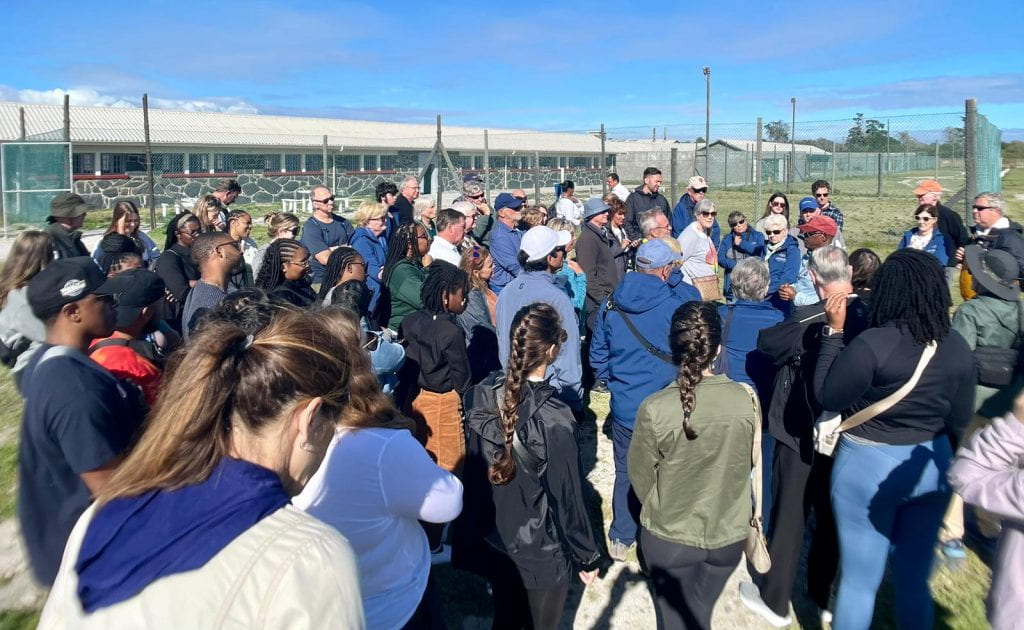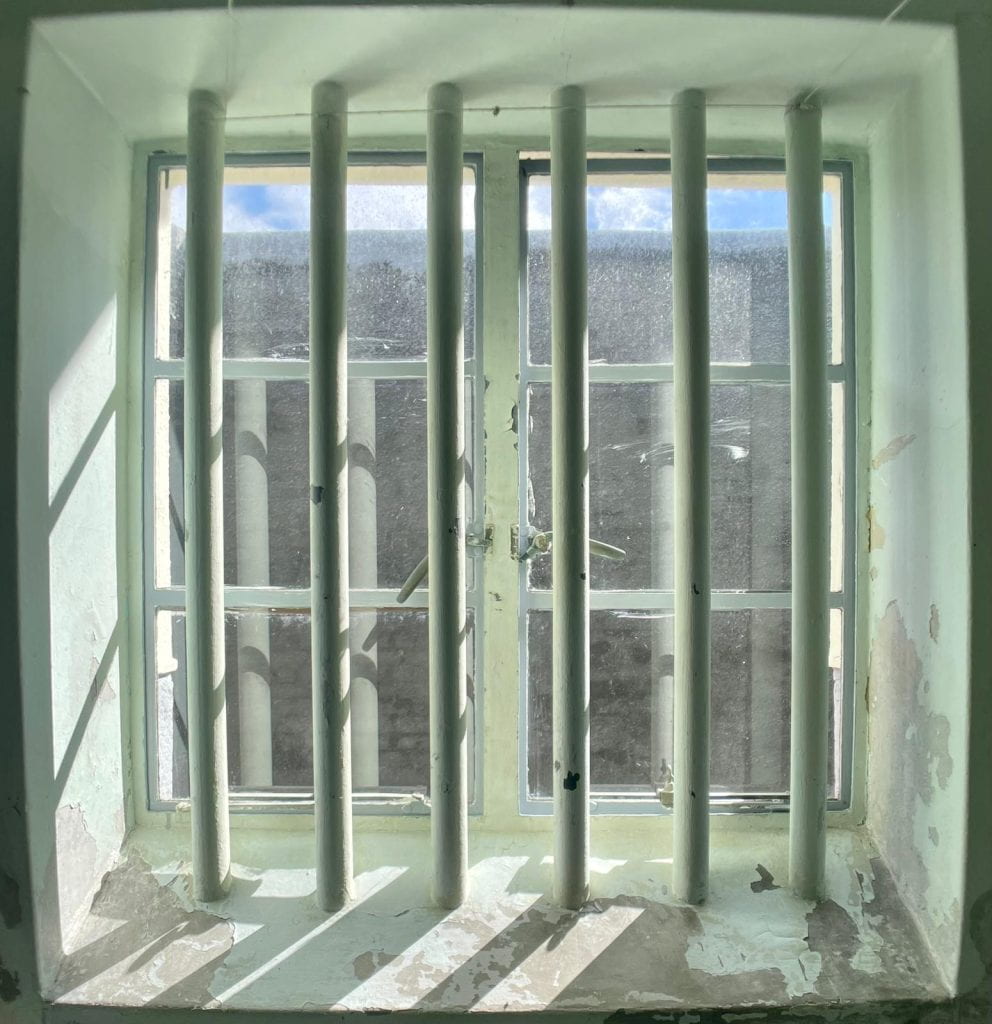
“A triumph of the human spirit over adversity, suffering and injustice.” ~Robben Island Museum website.
The OT Abroad group spent the morning of May 6 touring Robben Island, a desolate, rocky outcropping that lies in Table Bay about 5 miles offshore of Cape Town. The island was used to isolate people–from lepers to prisoners–for more than 500 years. Most people banished to or imprisoned on Robben Island from the 1400s till its closure as penal facility in 1991 were sent there as punishment for their resistance to the oppression and domination that lay at the heart of colonial and apartheid rule in South Africa, according to the Robben Island Museum website.
From 1961 until 1991, the island was South Africa’s maximum security prison and held many apartheid leaders and activists, including Nelson Mandela, the legendary anti-apartheid leader and former president of South Africa. Mandela was imprisoned on Robben Island for 18 of the 27 years of his incarceration by the apartheid government. There, he labored daily in a lime quarry, eventually developing “snow blindness” from the glare and dust.
South Africa’s Department of Arts and Culture established the Robben Island Museum in 1997. Today, it’s a multilayered venue that represents conservation of the island’s natural and cultural resources and provides education and a platform for visitors to engage in critical debate and learning.






